How Stability Training Supports Recovery and Boosts Athletic Performance
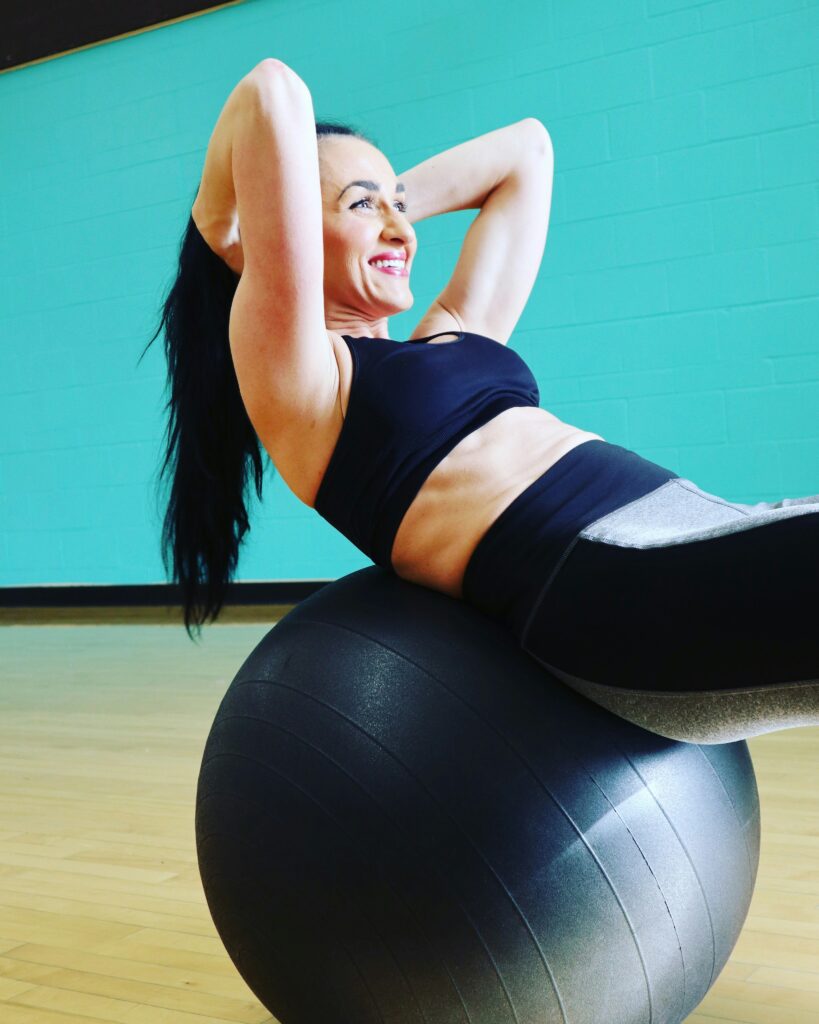
Stability training is often overshadowed by strength work, endurance drills, or explosive conditioning. Yet for athletes and fitness enthusiasts who want to recover faster and perform better, training for stability may be one of the most important pieces of the puzzle.
Stability is the foundation for safe and efficient movement. It allows the body to maintain control during dynamic actions, absorb impact effectively, and transition between movements without compensating or overloading weaker areas. When incorporated thoughtfully into a training plan, stability work not only helps prevent injury but also supports faster recovery and improves long-term performance.
Understanding Stability in the Body
Stability refers to the body’s ability to control joint movement and maintain proper alignment through varying conditions. This involves both static stability, such as holding a balanced position, and dynamic stability, which is the ability to stay controlled while in motion.
True stability is not just about muscle strength. It also involves coordination between the nervous system, muscles, and connective tissues. Stabilizing muscles are typically smaller and deeper than primary movers, and they often function in the background. These include muscles in the core, hips, shoulders, and feet that help maintain posture, control joint angles, and distribute force efficiently.
How Stability Training Supports Workout Recovery
- Reduces Overuse and Compensation Injuries
When stabilizer muscles are weak or inactive, the body compensates by overloading larger muscle groups. This often leads to strain, poor movement mechanics, and increased soreness after workouts. Stability training helps distribute load evenly, reducing wear and tear on joints and muscles. - Promotes Balanced Muscle Activation
During intense training, dominant muscles tend to take over, especially if the body lacks control. This imbalance can hinder recovery and lead to poor posture or repetitive strain. Stability exercises reactivate underused muscles and restore symmetry, which improves overall recovery efficiency. - Enhances Blood Flow and Neuromuscular Coordination
Many stability drills involve slow, controlled movements that improve circulation and support nervous system recovery. Exercises like single-leg balance work, core bracing, or controlled shoulder rotations stimulate deep tissues and promote healing without taxing the system. - Allows Active Recovery Without Overloading the Body
Stability sessions are often low-impact and can be included on rest days or during cooldowns. This supports movement without increasing fatigue, giving the body a chance to repair while staying engaged.
Benefits for Athletic Performance
- Improved Movement Efficiency
Athletes with good stability waste less energy. When joints are well-aligned and muscles fire in coordination, movement becomes more fluid and efficient. This is particularly important in sports requiring sudden changes in direction, acceleration, or deceleration. - Greater Strength and Power Transfer
Stability creates a solid base from which to generate force. Whether lifting, sprinting, or jumping, the ability to maintain control through the kinetic chain ensures that power is transferred effectively without leakage or misalignment. - Enhanced Agility and Reaction Time
Balance and stability are essential for quick reactions. A stable body can adapt to changing terrain or unexpected forces more easily, allowing for faster and safer responses during athletic activity. - Longer Training Lifespan
Athletes who prioritize stability tend to stay healthier and train longer. With fewer injuries and better mechanics, they are able to maintain high levels of performance over time without breakdown.
Some Useful Tools to Support Stability Workouts
Stability training does not require expensive equipment, but the right tools can add variety, challenge, and effectiveness to your routine. Here are some reliable options that support safe and targeted progression:
- Balance Pads or Discs
These soft, unstable surfaces activate deep stabilizers in the ankles, knees, and hips. Great for single-leg work and knee rehabilitation. One example is the ProsourceFit Core Balance Disc Trainer:
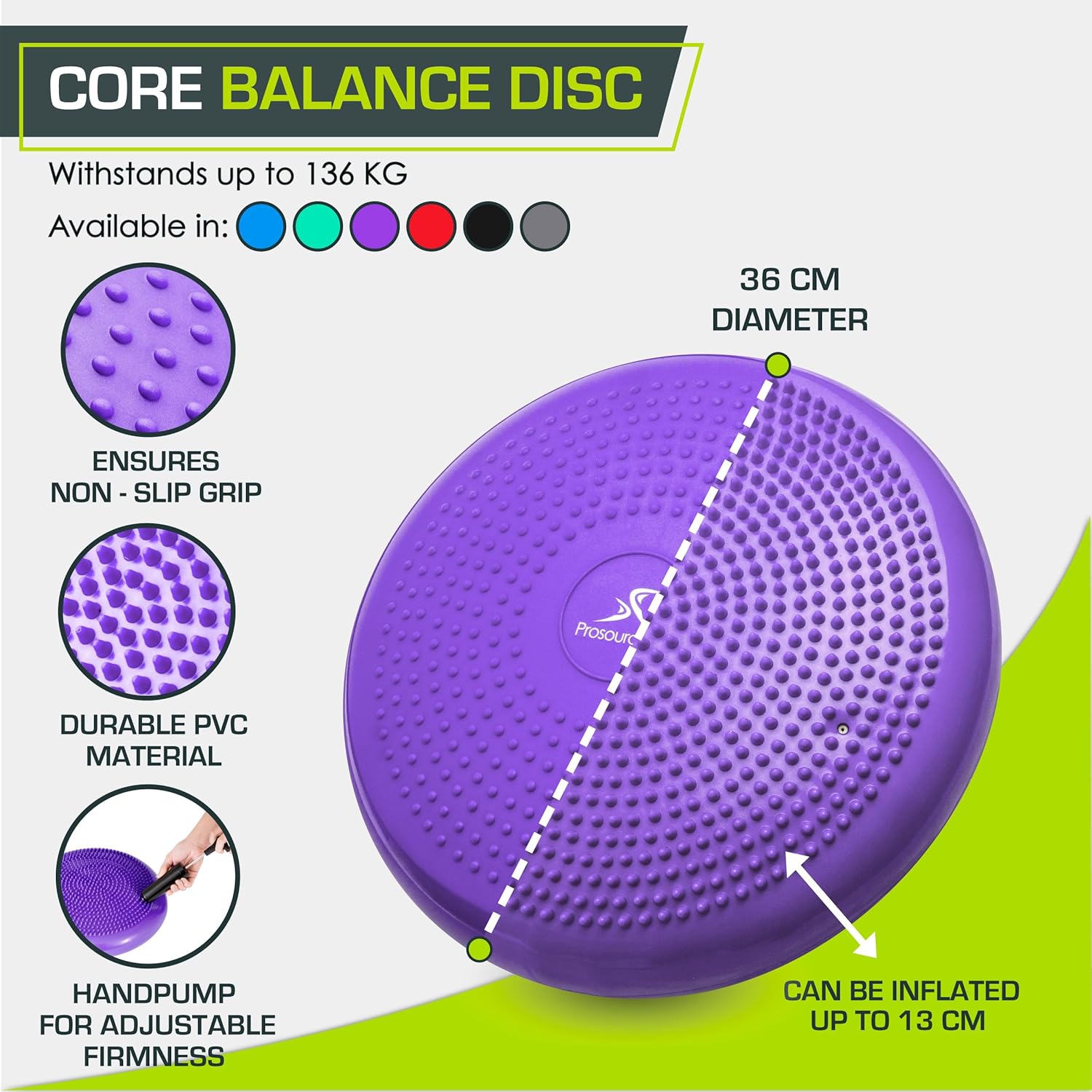
- Resistance Bands
Loop bands are excellent for glute activation, shoulder stability drills, and core engagement during full-body movements. The Veick Resistance Bands Set is a popular and versatile option:
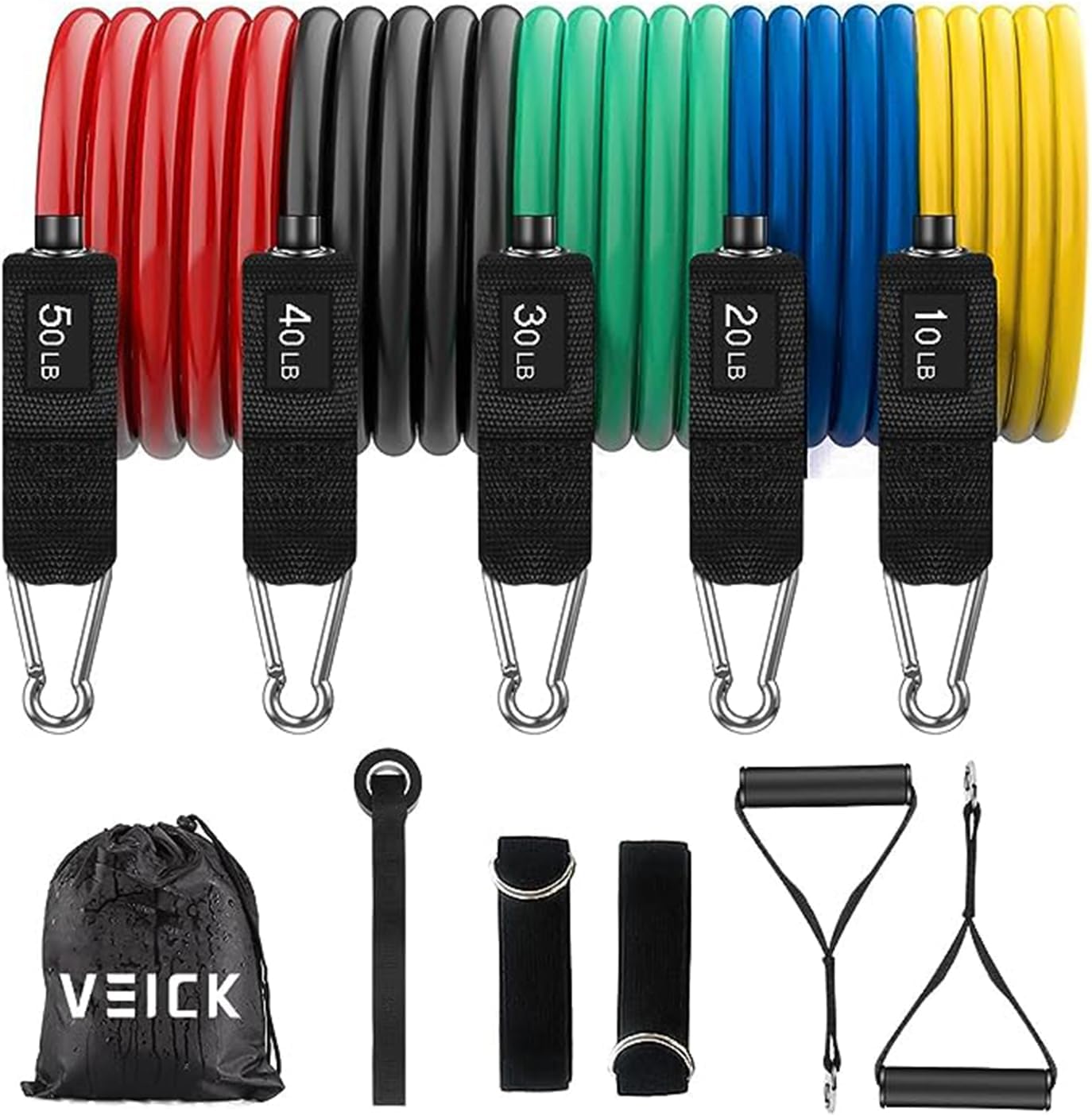
- Bosu Ball
A half-sphere balance trainer that can be used for dynamic stability exercises, such as squats, planks, and step-downs with instability.
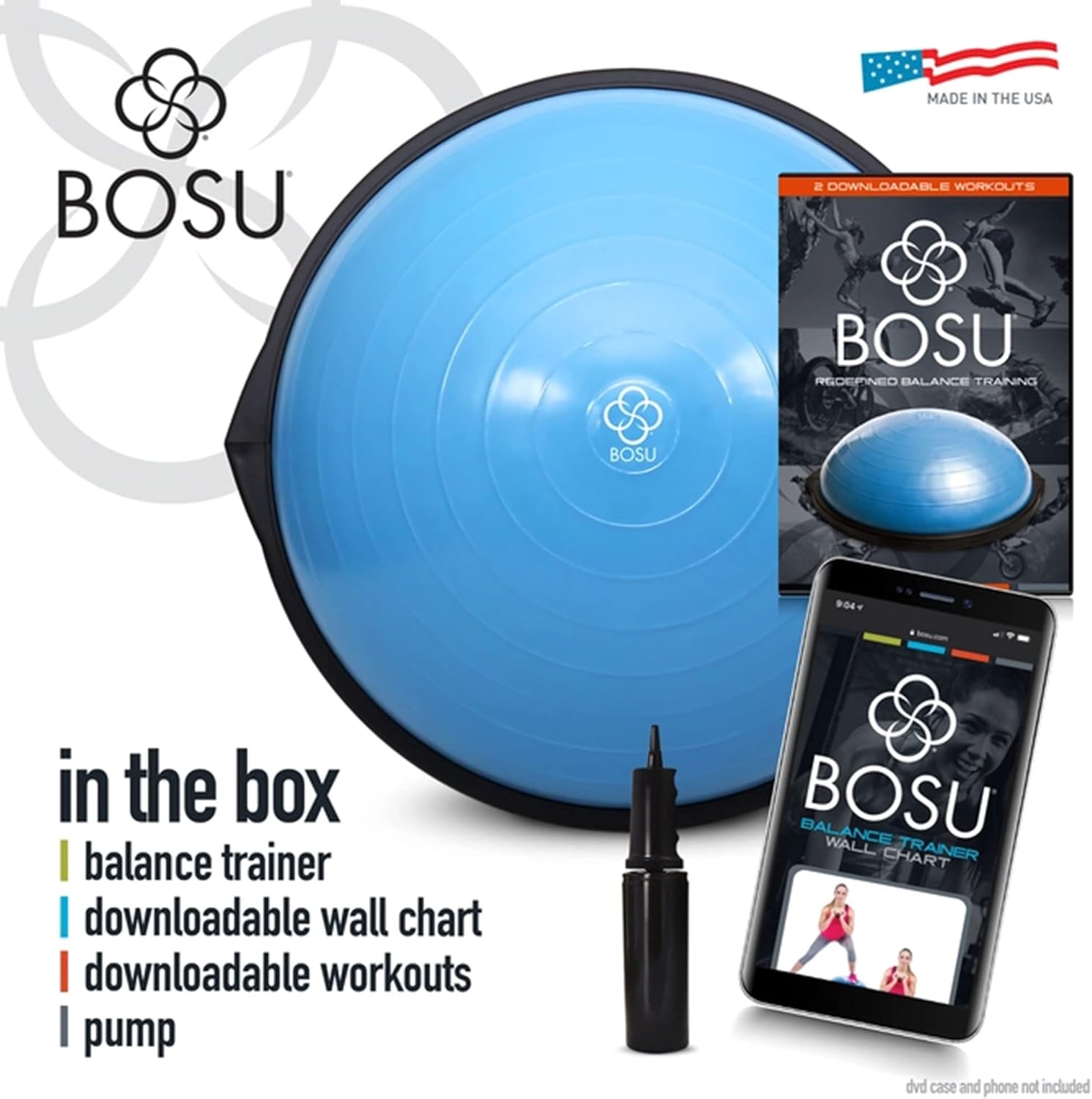
- Stability Balls (Swiss Balls)
Ideal for core-focused drills like rollouts, bridges, and controlled crunches. Also useful for shoulder stability and balance coordination. The Trideer Extra Thick Exercise Ball is a highly rated choice:
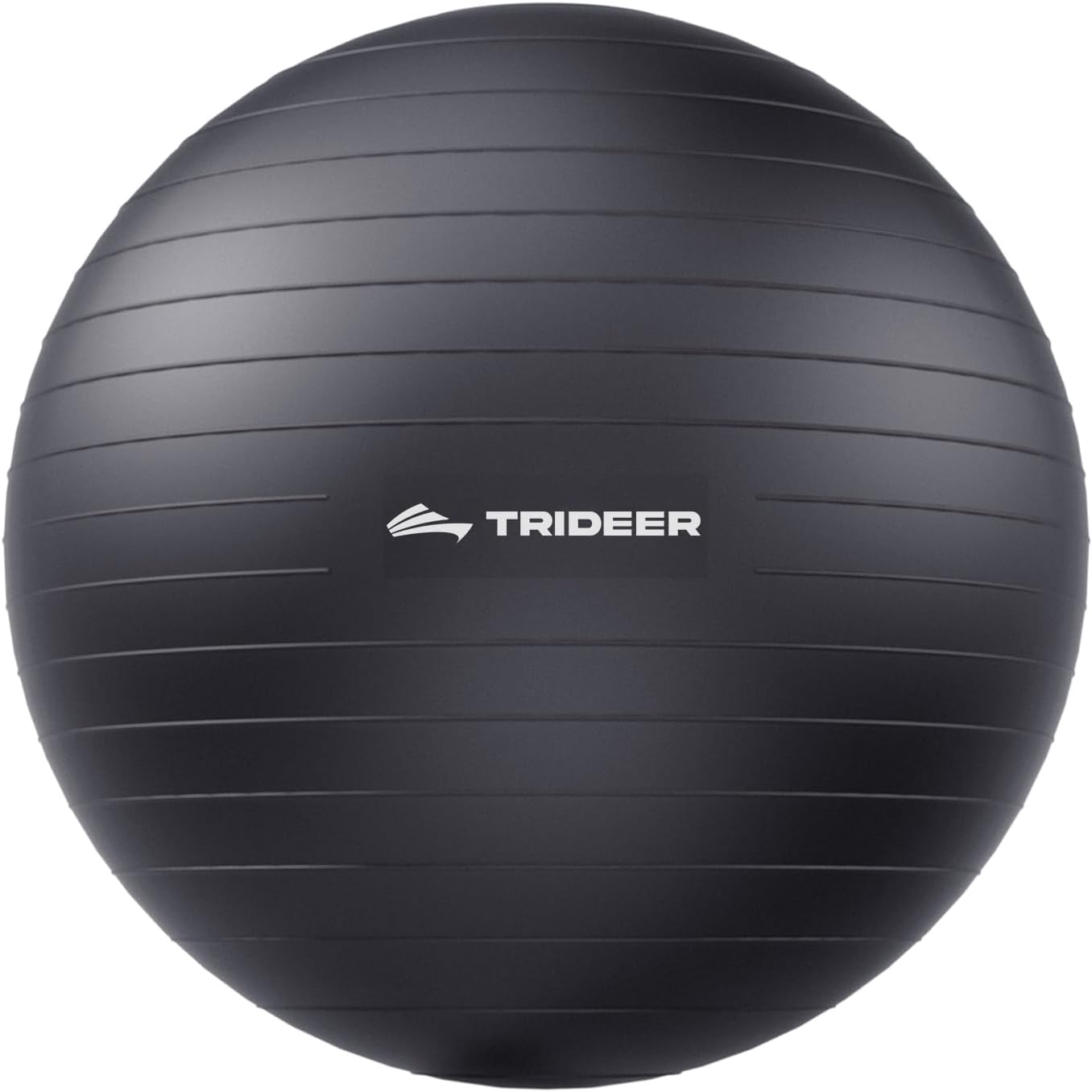
- Sliders or Gliders
Allow smooth movement while engaging the core and stabilizers, especially during lunges, pikes, and hamstring curls. The Gaiam Core Sliding Discs are a great pick:

- TRX or Suspension Trainers
These tools challenge both strength and stability using bodyweight. They’re highly effective for core control and multi-planar movement. The GO Suspension Trainer System offers a full body stability workout:
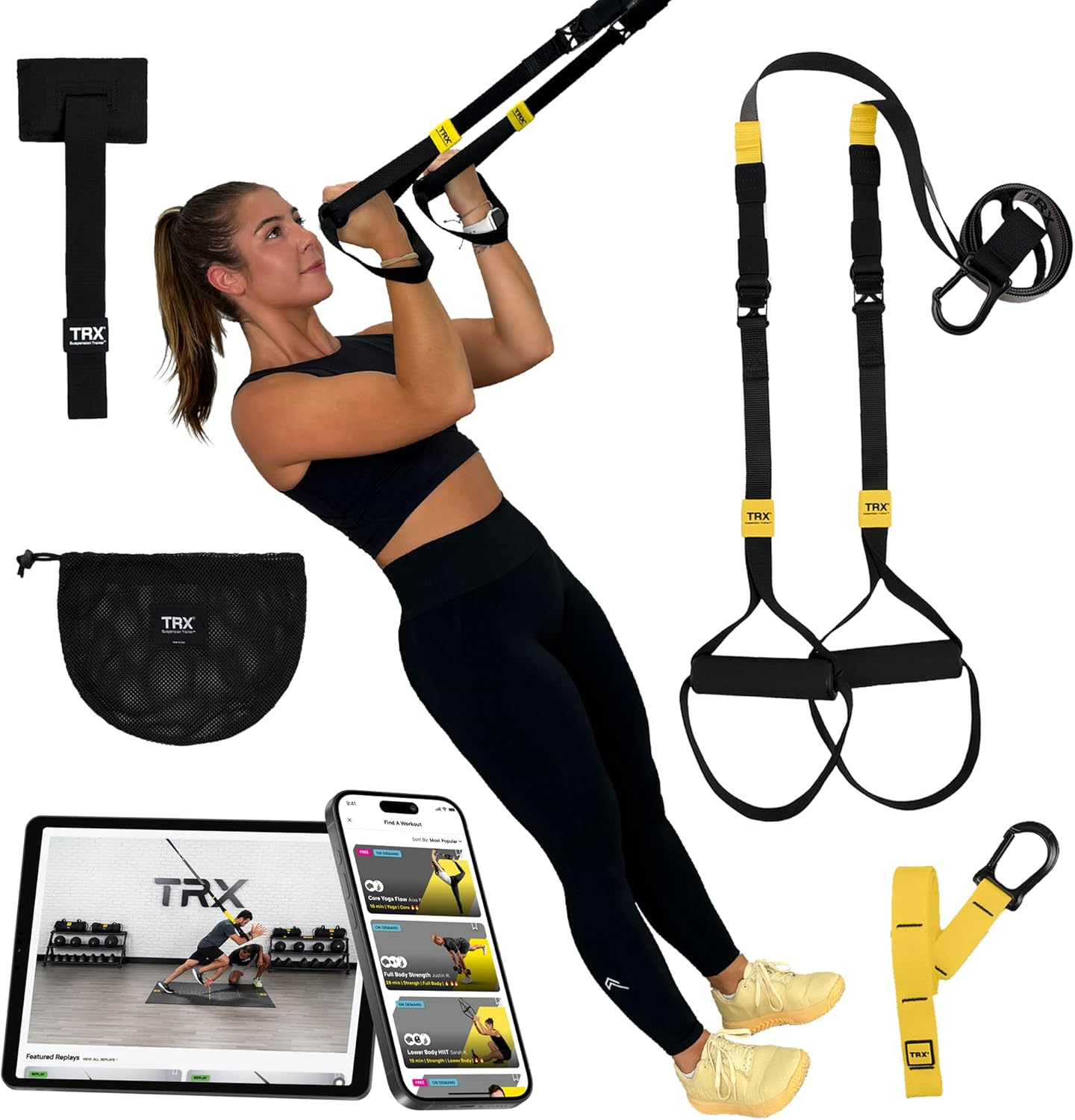
When choosing equipment, it’s best to start simple. A balance pad, a resistance band, and a few floor exercises can deliver significant results. As control improves, tools like the Bosu or TRX can add functional challenges to keep progress moving forward.
How to Add Stability Training into a Fitness Routine
Stability work does not require fancy equipment or long sessions. It can be integrated into warmups, cooldowns, or recovery days. Some effective exercises include:
- Single-leg balances or toe taps
- Planks with controlled breathing and core engagement
- Resistance band shoulder stability drills
- Glute bridges with isometric holds
- Bird dogs and dead bugs for deep core control
- Step-downs and balance pad drills for ankle and knee stability
Progression is key. Stability training should start with bodyweight and slow movements, gradually increasing in complexity or external load as control improves.
Conclusion
Stability is often the difference between progress and plateau, between peak performance and repeated injury. It supports the body’s ability to recover from training, maintain proper alignment under stress, and move with power and precision.
For anyone serious about their performance, either in sport or for daily movement, stability training is not optional. It is the ground on which every rep, every sprint, and every recovery is built.
By strengthening the body’s foundation, stability training helps create stronger athletes, faster recovery, and a longer, healthier training journey.
For additional post-workout ideas, including active recovery information, gear and supplements, visit Recovery Essentials Hub.
This post contains affiliate links. If you click on one and make a purchase, I may earn a commission at no additional cost to you. Rest assured, I only recommend products or services I believe will provide value to my readers.


